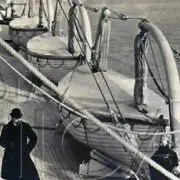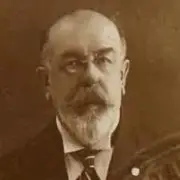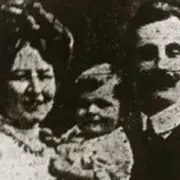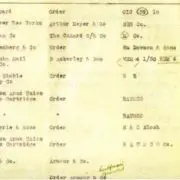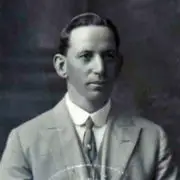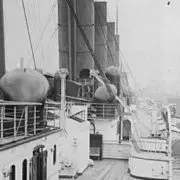The Lusitania : Part 7 : Passengers of Distinction
Josephine Mary Brandell was a rising stage star in 1915.
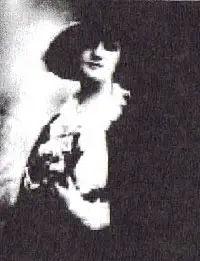
She was born November 26, 1891 in Bucharest, Romania. Her family came to America in 1900 and settled in New York. She dreamed of stardom, like many young people, and made an attempt to break into show business on the New York stage while in her early teens. However, she abandoned her efforts to establish an acting career when she married Dr. Bernard Black Brandeis, on February 15, 1907, at age fifteen. The marriage was short lived and the couple divorced in September 1910.
Josephine became involved in the theatre again, following her divorce. She was soon cast in a production of a comic opera by Johann Strauss, Night Birds, which toured Europe and America. A newspaper compared Brandell to the star, Fritzi Scheff, saying that she was ‘commensurate with Miss Scheff’s prestige.’ She was starring in the London Opera House’s production of Come Over Here by 1914,.
Miss Brandell crossed the Atlantic aboard the Lusitania several times. She was aboard the Lusitania’s February 1915 crossing, and chose the Lusitania, again, for her return to London in May. Josephine’s friend, Mabel Crichton, was booked on the same sailing. Mrs. Crichton was to provide Josephine Brandell with much emotional support. The actress was among the handful of passengers who remained worried throughout the crossing.
Josephine did not feel confident that the ship could outrace a submarine and, as she put it, was “in a state,” for a good part of the journey. She and Mabel became acquainted with their tablemates; Max Schwarcz and Francis Bertram Jenkins. She could not get over her feeling of dread, despite the pleasant company. Jenkins did not alleviate her fears by pointing out the lack of lifebelts.
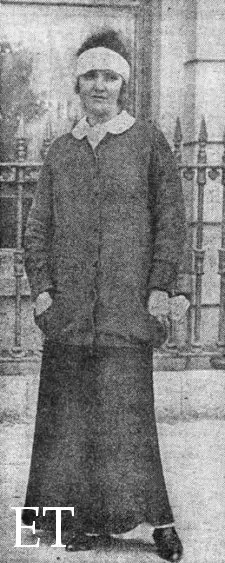 |
| Josephine Brandell Daily Sketch Jim Kalafus Collection. |
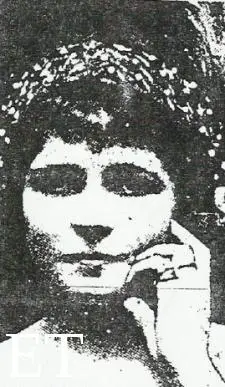 |
| Mabel Crichton Courtesy of Paul Latimer. |
I had just finished making a collection for the musicians and sat down to finish my lunch where Mrs. N. Crichton , Mr. Jenkins and Mrs. Schwartzs, an American, were sitting, when I heard the explosion. We all jumped up, poor Mrs. Crichton exclaiming “They have done it!” In fact, I was nervous during the whole trip; so much so that I kept worrying my friends about fearing the submarines.
Thursday night I was in a state that I could not sleep in my own cabin, so I asked Mrs. Crichton if I could sleep in her cabin. Poor soul, she was only too happy to be of any assistance to me and did all she could during that whole night to quiet my nerves.
The next morning, I heard the hooting of the horn, as it was foggy. Everything went well until I sat down to lunch when the explosion occurred. The people rushed for the stairs. I heard someone shouting to be calm. I looked up and saw that it was one of the captains. I cannot say whether it was the first or second.
When we finally reached the top deck, I saw very few of the first class passengers. I was simply horrified with fright. Mr. Schwartz’s trying to calm me, when Mr. E. Gorer (the art dealer of Bond Street) rushed over to us and put a life belt on me, which was my means of being saved, and told me to be brave. He returning for other life belts and Mr. Schwartz, after putting me into the boat where Mrs. Crichton was already sitting, went to help other women. That’s the last I saw of those two brave heroes.
Just then, our boat was lowered but immediately it hit the water it upset throwing all its occupants out. About six were saved from that boat which contained sixty or seventy passengers.
The sights I saw when that boat upset is too awful. Words cannot describe it. A rope was thrown to us, which a few caught hold of. I then remember a few of us getting hold of an oar, but some of them soon dropped off. The cries for mercy, the people drowning and coming up again within three minutes time barely touching me was too terrible.
Somehow, I caught hold of a deck chair which was floating near me and held on until I became numb when I was picked up by Mr. Harkness, the assistant purser, who afterwards told me he thought I was gone when he first looked at me.
Josephine Brandell came ashore in hysterical condition, and one survivor in the same hotel room later remembered asking her to calm down. She found Francis Bertram Jenkins the following day, but there was no sign of Mabel Crichton, Max Schwarcz, or Edgar Gorer. Josephine took it upon herself to inform William Crichton of his wife’s last moments. He could not be consoled, and passed away a year later.
Josephine did not fulfill the promise of her early stage career. She chose not to pursue starring roles after the disaster, and acted only occasionally. She helped with the war effort, and following the Armistice, she accepted the proposal of John Ormiston Lawson-Johnston. They were wed on May 19, 1920. The marriage was not a happy one and ended in divorce. She was married yet again to George John Seymour Repton on June 1, 1929. George Repton attained the rank of Captain during his service in the Irish Guards. Miss Brandell was well known during World War II, as the founder and chairwoman of The American Friends of Britain. Captain Repton died on May 10, 1943.
Josephine married once again, on December 7th, 1945, to Beresford Cecil Bingham Annesley, 8th Earl Annesley and 9th Viscount Glerawly. He was a Pilot Officer in the service of the Royal Air Force Volunteer Reserve during World War II. He had previously been a Lieutenant in the service of the 6th Battalion Royal Fusiliers. Their marriage lasted until his death on June 29, 1957.
Countess Annesley returned to the United States and spent her final years living in New York City, dying there in August 1977.
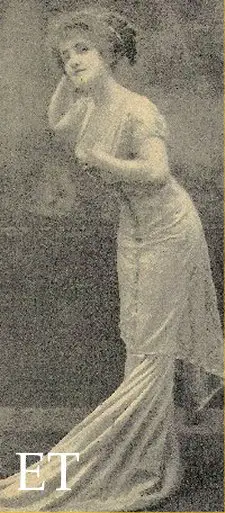 |
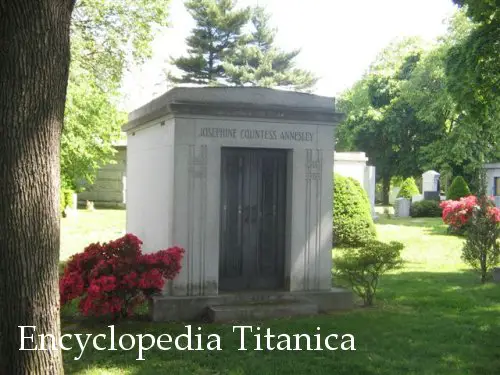 |
|
Josephine Brandell age 15
(Shelley Dziedzic) |
Josephine Brandell’s Grave at Woodlawn Cemetery, Bronx, NY
(Michael Poirier) |

